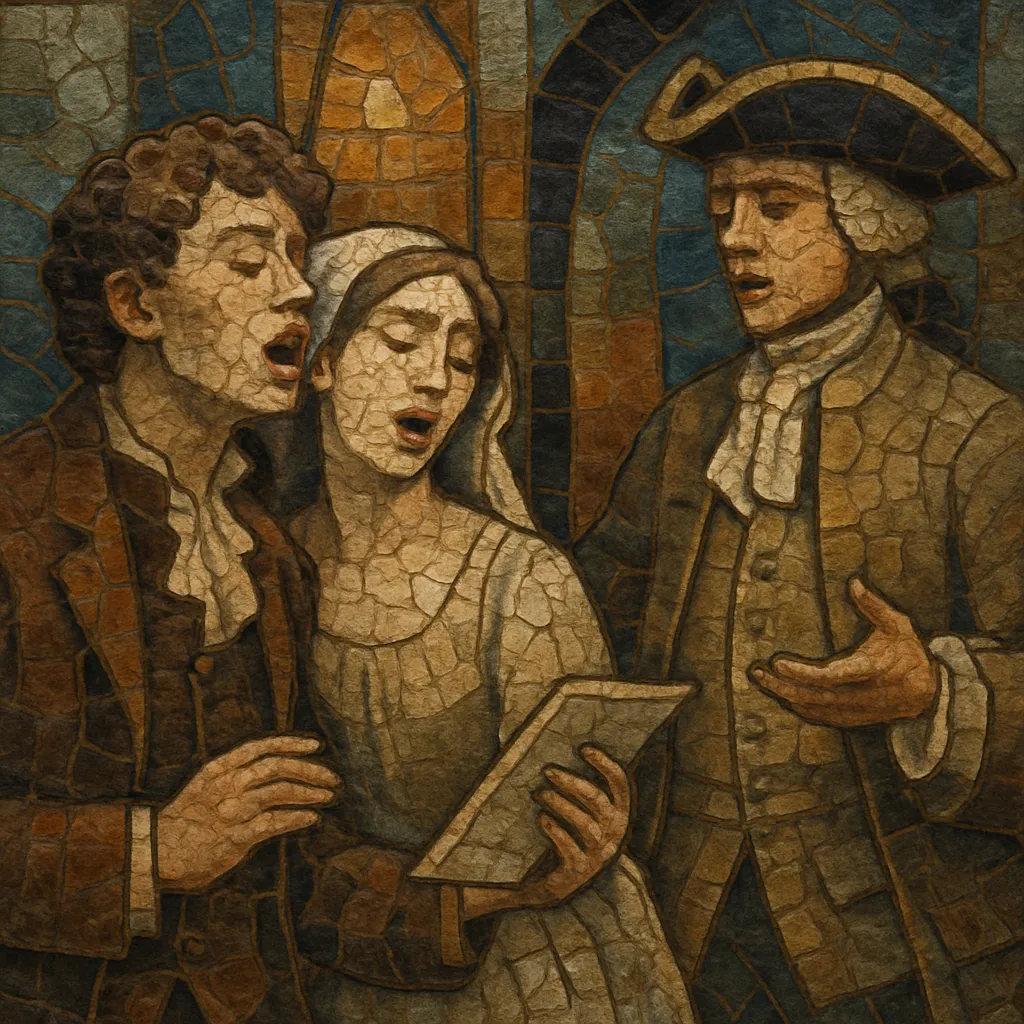
Ballad opera is an English-language theatrical form that combines spoken dialogue with songs set to familiar popular tunes, folk melodies, and dance airs, often with newly written, satirical lyrics. It arose in early 18th-century London as an anti-elitist response to imported Italian opera seria.
Musically, numbers are short, strophic, and tuneful, supported by light, diatonic harmonies and a small pit ensemble. Dramatically, the plots feature contemporary, often lower- or middle-class characters—thieves, tavern-goers, soldiers—allowing pointed social commentary. The best-known exemplar is John Gay’s The Beggar’s Opera (1728), with arrangements by J. C. Pepusch, which set the template for the genre’s blend of popular song, satire, and spoken play.
Ballad opera emerged in London during the 1720s, crystallizing with John Gay’s The Beggar’s Opera (1728), whose tunes were arranged by Johann Christoph Pepusch. Conceived as a satirical counter to Italian opera seria, it substituted spoken dialogue for recitative and repurposed widely known melodies—street ballads, folk songs, and dance tunes—with new, topical lyrics. Its huge success spawned sequels and imitators across Britain and Ireland.
Following The Beggar’s Opera, Charles Coffey’s The Devil to Pay (1731) and Allan Ramsay’s earlier Scots pastoral The Gentle Shepherd (1725, consolidated in this period) helped entrench the model. The genre matured as a repertoire of comic, socially observant works that audiences could immediately understand and hum. Notably, Thomas Arne and librettist Isaac Bickerstaff refined the idiom with Love in a Village (1762), which interwove existing and newly composed songs, influencing later English comic opera and establishing durable production practices.
Musically, ballad opera favored strophic song forms, diatonic harmonies (I–IV–V with occasional modal color), and dance rhythms (minuet, jig, country dance) performed by small ensembles (strings with continuo, often oboe/bassoon and harpsichord). On stage, it relied on spoken dialogue, brisk pacing, topical humor, and characters drawn from everyday life rather than mythic or aristocratic settings.
The ballad opera’s fusion of spoken drama and song directly influenced German Singspiel and French opéra comique, and later fed into 19th-century operetta. In Britain, it helped seed music-hall sensibilities and, ultimately, the modern English-language musical. Revivals—especially of The Beggar’s Opera—kept the tradition visible into the 20th century, underscoring its importance as a bridge between Baroque theatre, popular song culture, and modern musical theatre.

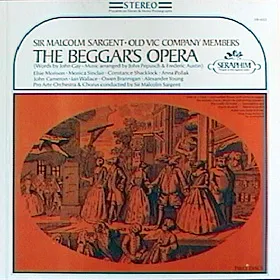
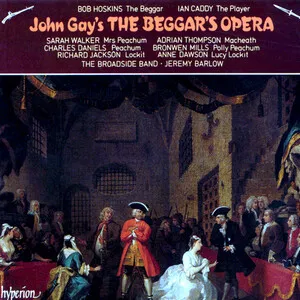
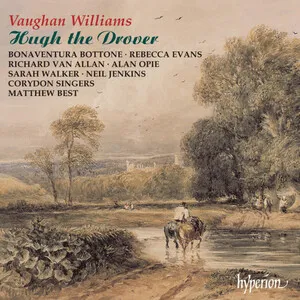
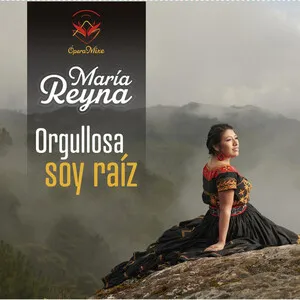
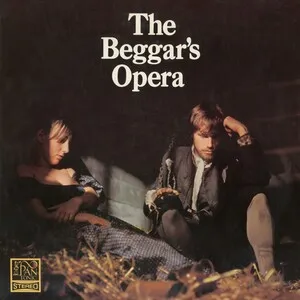
%2C%20Cover%20art.webp)
